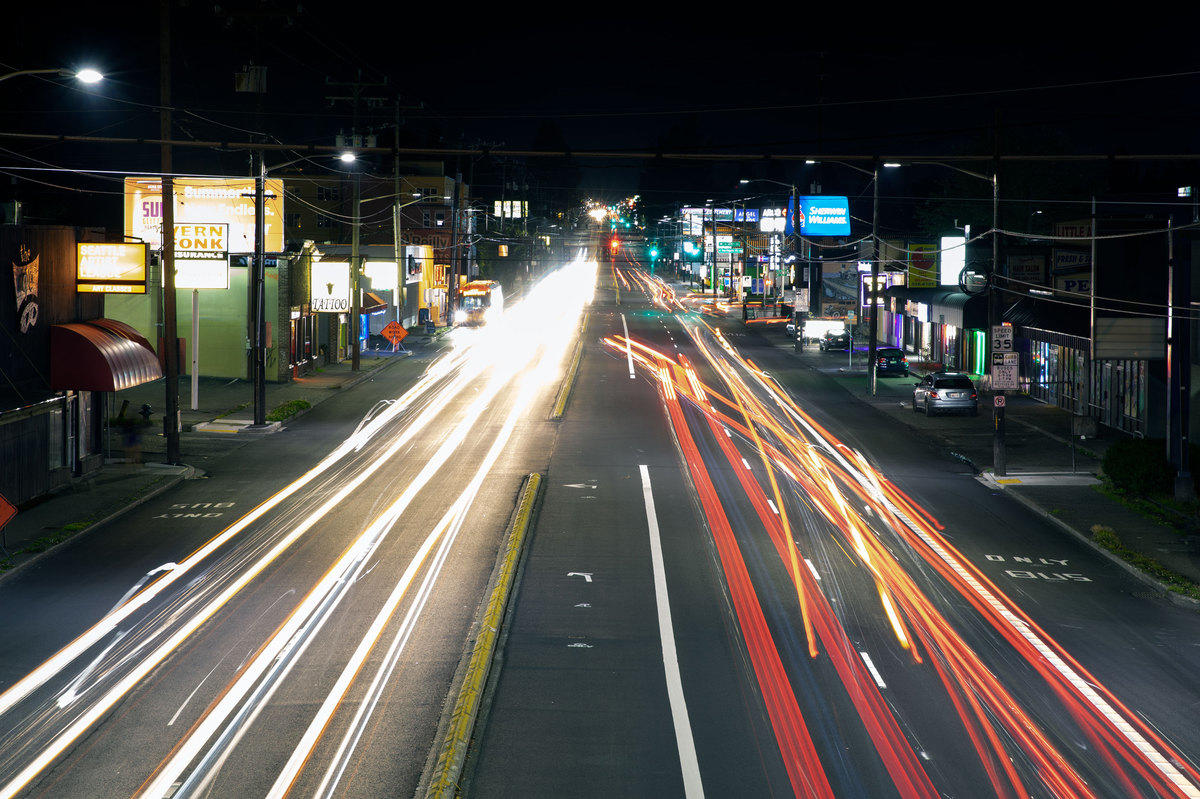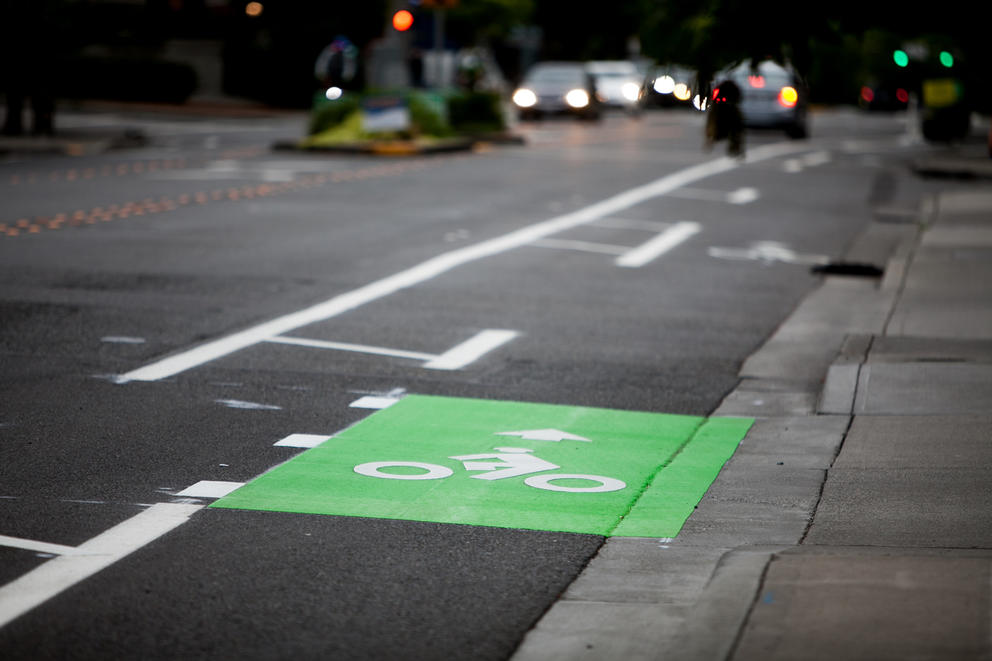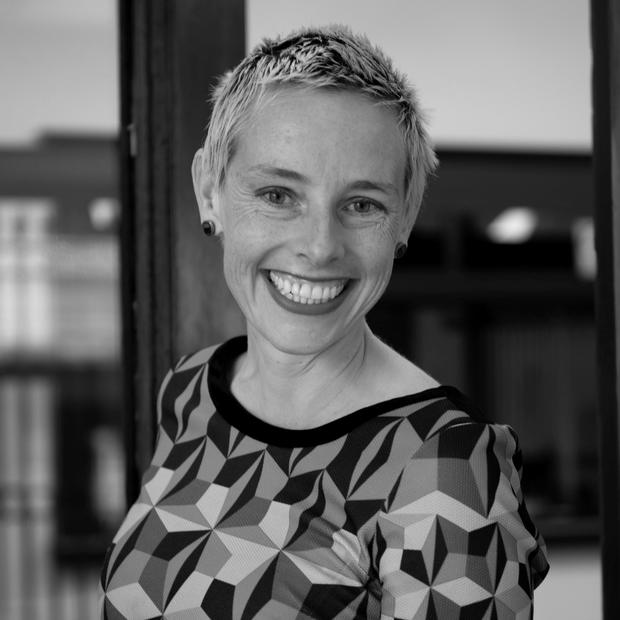But the driver was on meth. They didn’t realize what they were doing. They didn’t mean to. It was an accident.
Traffic deaths are usually “accidents.” No one wants them to happen. But they keep happening because we have designed our streets to allow vehicles to travel at deadly speeds.
We know that if pedestrians are hit by a vehicle traveling over 30 miles per hour, their risk of dying is more than twice as high than if the vehicle was going 25 mph. It would be five times higher than if the vehicle was going under 20.
In the past four years, pedestrian and bicyclist deaths in Washington state have doubled. And while the number of people killed while driving and riding in cars is down nationally, the number of people killed walking, rolling and riding bikes keeps increasing, even in cities like ours, which have committed to reducing the number of people killed in traffic crashes.
While some of this increase may be a result of population growth in areas with little pedestrian infrastructure or the increasingly large (and deadly) SUVs and pickup trucks on our roads, these deaths should also prompt us to look deeper at why we have chosen to value the efficiency of automobile travel above all else.
As Gov. Jay Inslee has pointed out, 40% of our carbon emissions come from our transportation system. It’s time to examine the true costs of our dependence on cars and its profound impacts on our environmental health and the climate crisis — impacts disproportionately felt by people of color, immigrants, poor and disabled folks.
To understand the roots of this crisis, we have to go back to the beginning of the Motor Age, when the introduction of cars to our city streets caused great chaos and consternation. Our civic leaders in that era, having seen the improvements in efficiencies in sewer, water and electrical service provided by professional engineers, turned to the newly minted profession of traffic engineers to help design a way out of the congestion.
Supported by the oil companies and automobile manufacturers, this newly professionalized engineering class helped create the rules of the road as we know it, inventing the concept of “jaywalking” and prioritizing the speed of automobiles above other possible values, such as safety, community vitality and access to a transportation system that works for all types of people, including those who cannot and prefer not to drive. What traffic engineers failed to realize, and continue to fail to realize, is the power of induced demand — the quicker and easier people anticipate it is to travel somewhere, the more people will do so. And, inversely, the more difficult would-be car commuters anticipate travel to be, the more they will find other options; just look at “Carmageddon” in Los Angeles or Seattle’s “Big Squeeze,” which failed to materialize in the kind of congestion apocalypse many traffic engineers predicted.
We’ve been trained to believe increasing efficiency is an inherently good, apolitical value without recognizing that speed benefits some and hurts others. I’ve been reading a book by the Harvard mathematician Ben Green called The Smart Enough City: Putting Technology in Its Place to Reclaim Our Urban Future. In it he writes, “Efficiency is a normative goal: it favors particular principles and outcomes at the expense of others, typically altering how status and resources are distributed across society.” A high-speed road through a dense urban area — think Rainier Avenue — may benefit those commuting from the exurbs, but having a high volume of high-speed cars creates barriers for pedestrians trying to travel through that area, in addition to causing noise and air pollution that negatively impact public health.
As someone with a vision impairment who has never been able to get a driver’s license, I have always known that a transportation system that prioritizes speed above all else didn’t work for me, and yet I didn’t fully comprehend how many people our system is failing. It’s not just disabled folks, but also young people, our elders, people who can’t afford cars or don’t have documentation. Only 5.7 million of our state’s 7.5 million residents have driver’s licenses. That means our current auto-centric transportation system isn’t directly accessible for almost a quarter of our population, including me.
It’s past time to consider what would happen if we decided to prioritize other values over efficiency in our transportation system. For instance, what if we considered accessibility our primary objective, and we designed a transportation system that could be used safely and reliably by everyone?
There’s a nontheoretical application of this approach: slowing down our speed limits. Cars traveling over 20 mph are much more likely to kill whoever they hit. What if we limited speeds citywide to 20 mph, and created speed bumps and other street “furniture” to ensure higher speeds couldn’t be achieved?
One of my favorite things about Seattle is the two-way residential streets. They effectively function as one-way streets because, with cars parked on both sides, there’s no room for two vehicles to pass. I live on a “queuing” street like this, and I worry a lot less about my kid getting hit because I know no one is going to be driving more than 10 or 15 mph. Imagine if every street in our city was like this? What would that mean for the vitality of our neighborhoods? For the ability of our young people, elders and disabled neighbors to cross safely to bus stops?
Seventy-five percent of commuters in Seattle have a less than 10-mile commute. That means slowing down would result only in mere minutes of additional travel time for many drivers. Perhaps slower speeds would incentivize more folks to take transit, or to incorporate active transportation (biking, walking or rolling) into their routines. At the same time that we make these changes, we have to be committed to building dedicated bus lanes, increasing frequent transit service and making other transit improvements to ensure that people who can't afford to live close to transit hubs can reliably get to wherever they need to go.
Because all of us have been raised in the Motor Age, it’s easy to forget how much we have ceded our public spaces to cars. It might seem counterintuitive, but so much of the infrastructure we consider to be for pedestrians or bikes is actually only necessary because we have decided to dedicate our street space to cars. Here’s what I mean: The $4 million in this year’s Seattle budget for sidewalk construction, the $7 million for curb cuts or the $10 million for bike lanes in southeast Seattle shouldn’t be seen as just for people walking, rolling or biking. They should be viewed as what they truly are: subsidies to allow drivers to continue to move at top speeds through our city.
This year’s budget also included an additional $3.2 million for developing “intelligent” traffic signals to move cars more efficiently in projects around the Mercer corridor and University of Washington. These signals can track motorists’ cellphone Wi-Fi signals to detect traffic patterns, but Seattle has yet to figure out a way to reliably count people walking, rolling or riding bikes. Right now, the city is suggesting that people riding bikes will be able to download an app that they turn on to be tracked — to be “seen” — and prompt the green light at the traffic signals.
When people outside of cars aren’t counted, it means we’re not seen as worth counting. And as we think about moving towards a more autonomous future, we only have to look to Elaine Hertzberg’s death in Arizona to know what that looks like. Uber’s artificial intelligence software detected her in the roadway, but didn’t “classify” her as a pedestrian, meaning the car hit the brakes far too late.
As we mourn the latest crash and pedestrian deaths, we need to think seriously about our values as a city and what we lose when we prioritize speed and efficiency above community vitality, health and accessibility.




